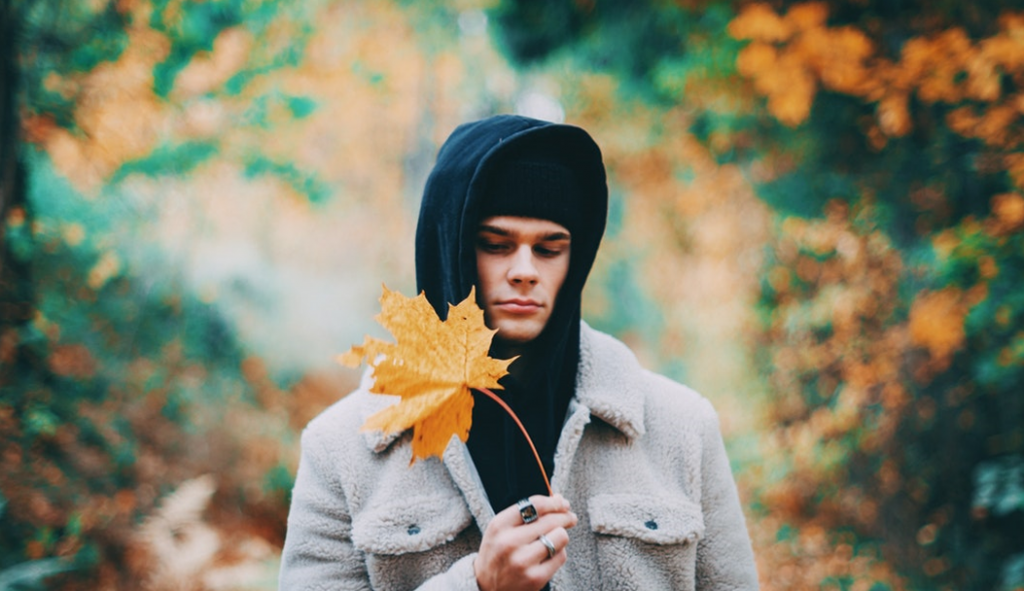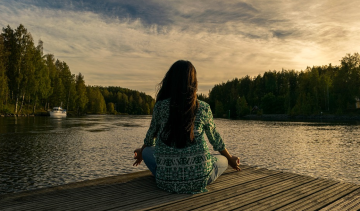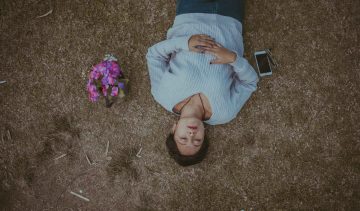We may not notice it yet because of the nice weather last week, but in the end we can’t ignore it. The days are getting darker, the leaves start to change colour and you start to wear your winter coat more often: it’s autumn. You may also experience certain symptoms related to autumn every year. Do you, for example, generally not feel like getting up in the morning and starting your day? Would you prefer to stay in bed until spring? Who knows, perhaps you are at risk of developing an autumn depression. If that is the case, keep on reading!
How often does it occur?
An autumn depression, also called a seasonal affective disorder (SAD), is not uncommon in the Netherlands. About 3% of Dutch adults say they are affected by this, while 1% suffer so much that they can no longer function normally. Especially women suffer from this type of depression: the risk is 3 to 4 times bigger than for men. There are of course also people who suffer from milder seasonal complaints. In this case, you can’t speak of an autumn depression yet, but you are a bigger risk.
What is it exactly?
A seasonal affective disorder is a recognized condition and can therefore be found in the DSM-V, the most widely used diagnostic manual for psychologists and psychiatrists. There are several criteria that must be met before someone actually suffers from a seasonal affective disorder. Various symptoms are described, for example, a persistent feeling of emptiness or distress, problems with sleep, problems with appetite, concentration problems, and a lack of energy. These symptoms must be related to a specific season, mostly autumn or winter, if you want to speak of a seasonal affective disorder.
What are the causes?
The exact causes of an autumn depression are not yet known. However, it is suspected that it is mainly due to a lack of daylight and sunlight. One is more sensitive to this than the other. Therefore light therapy can help a lot: about 60% of people with autumn depression say that light therapy has helped them.
What can you do against it?
Do you suffer from such seasonal complaints? Then there are a number of things you could try. First, spending more time in daylight could help enormously. Try to be outside for fifteen minutes every day at daylight, and especially when the sun is shining. There are also certain light therapy lamps for sale. Talking about it can also help you tremendously: it can be a relieve and raise awareness, which is the first step towards change. Furthermore, exercising regularly can help a lot.
NiceDay app: Plan 15 minutes every day in the Daily Planner to walk outside. Register your feeling before and after walking, do you feel better after a walk?











